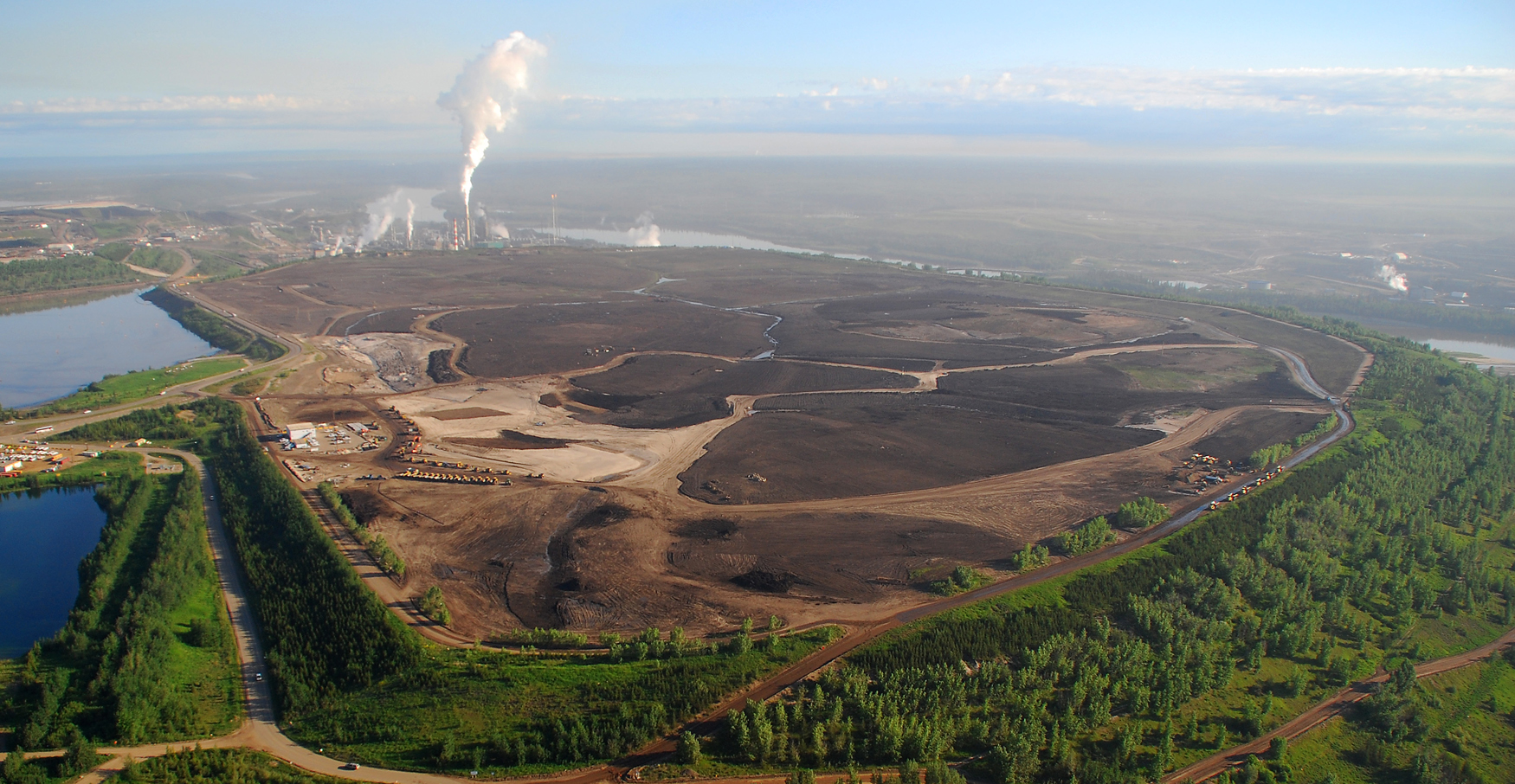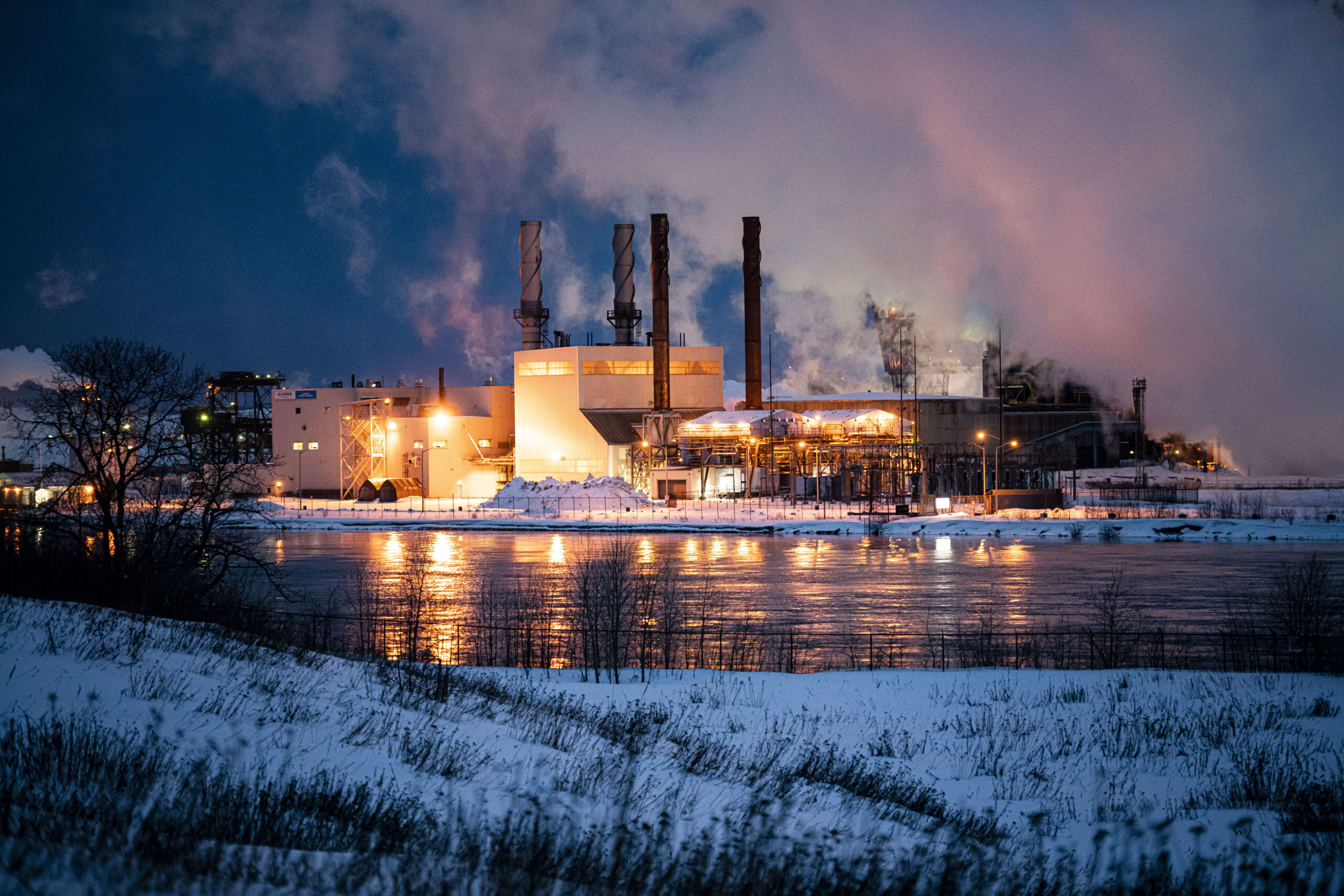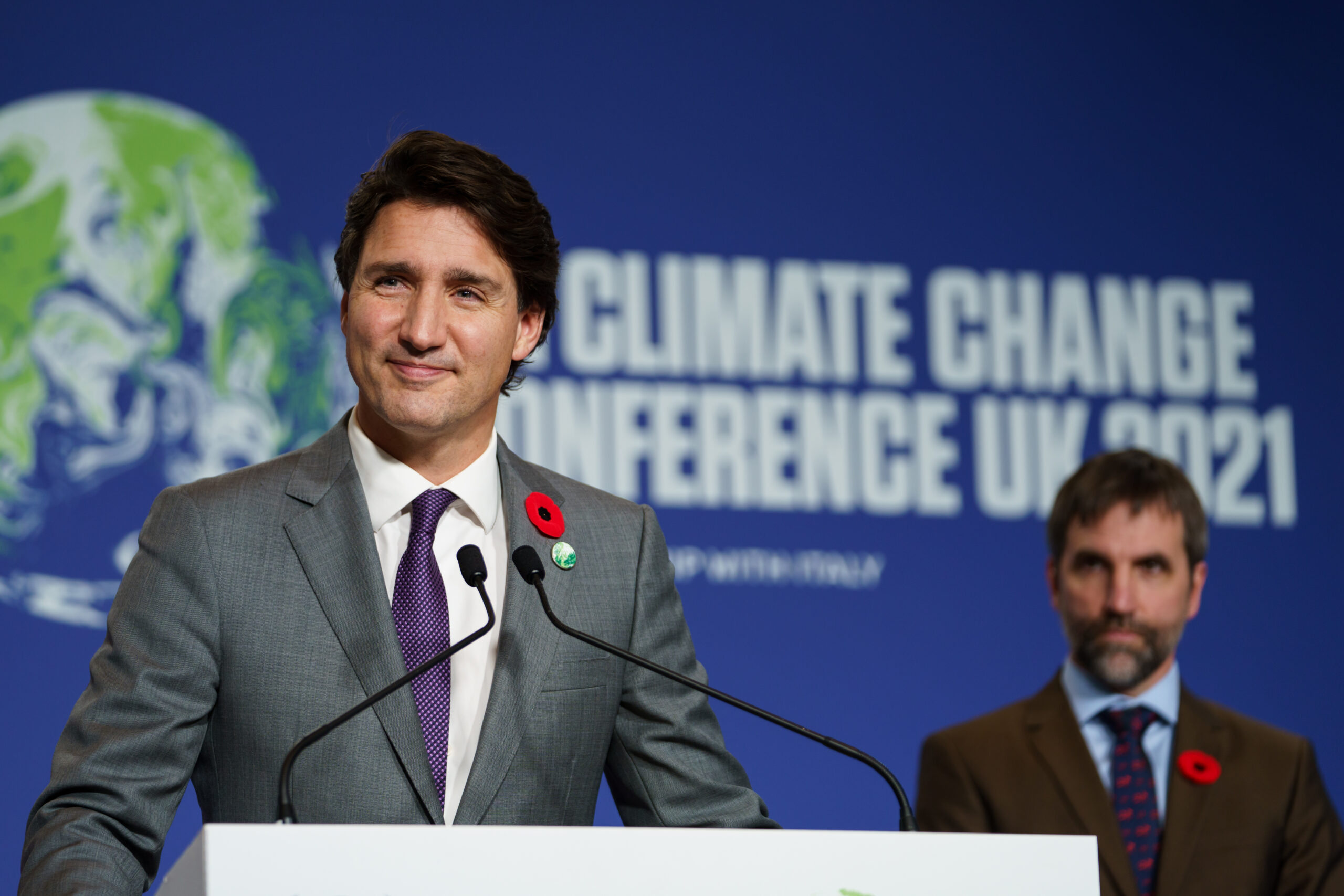
86 per cent of a river gone: First Nation calls on BC Hydro to let more water through
Katzie First Nation wants BC Hydro to let more water into the Fraser region's Alouette...
This story originally appeared in Corporate Knights and is part of Covering Climate Now, a global journalism collaboration strengthening coverage of the climate story.
On its oilsands in northern Alberta, Suncor Energy scrapes vast open-pit mines and drills down deep into the ground to extract the viscous bitumen that has turned it into one of the largest energy companies in North America. The process is so energy-intensive that it has also made the firm into Canada’s largest carbon emitter: it belches roughly 28 million tonnes into the atmosphere every year, equivalent to the entire emissions of Tunisia.

But although Canada is heralded as having one of the most ambitious prices on carbon in the world, rising from its current $40 per tonne to $170 by 2030, Suncor and other large industrial emitters pay only a tiny fraction of it.
That’s because Ottawa and most provincial governments grant heavy exemptions to a number of sectors, including oil and gas, chemicals, cement, steel and mining. That is not unusual: California and the European Union, which both have carbon markets, also give free credits to carbon-intensive sectors to protect them from foreign competitors who don’t pay a carbon price, and to stop factories from simply moving abroad.
However, with growing urgency to cut emissions, experts say the degree to which Canada — the world’s fourth-largest oil exporter — shields companies is threatening its climate targets.
Nearly 70 countries have implemented some form of carbon pricing, and, since 2019, every province in Canada has levied a carbon price through both a fuel charge and an output-based pricing system for large industries. Provincial governments can implement their own or, if they fail to do so or are found to lack ambition, resort to a federal backstop regime instead.
But generous exemptions mean that how much of a firm’s actual emissions are taxed varies widely by province, and, on average, companies end up paying for only 16 per cent of the carbon actually produced. In an analysis prepared for the government in 2020, the Canadian Institute for Climate Choices (CICC), an influential Ottawa-based research group, found that the rate companies are charged as a result — the so-called average carbon cost — ranges from as high as $25.60 to as low as $1.80 per tonne, depending on the province — a far cry from the full carbon price.

Suncor, the oil and gas sector’s largest emitter, estimates that it paid $59 million in compliance costs in 2020, before using offsets — or an extra 16 cents on every barrel of oil it produces (Canadian oil prices have averaged between $27 and $80 per barrel over the past 15 years). Put another way, its average carbon cost was roughly $2.10 per tonne, about one-14th of the full carbon price. Canadian drivers, for instance, paid $30 per tonne (or 6.6 cents per litre) for the gas tax at the pumps that same year.
“The balance sheet impact is really, really low,” says Dave Sawyer, principal economist at the CICC. “It basically doesn’t signal that you need to change your production model very much.”
Companies are also driven to lower their carbon footprints by the money they can make through saving emissions and selling the resulting credits to others who are short of their compliance obligation. But this price signal — known as the marginal cost — merely nudges firms to make incremental emissions cuts, rather than the big investment decisions that will move the dial in the long run.
“They aren’t the kind of incentives that will motivate breakthrough innovation or decarbonization,” says Aaron Cosbey, an economist and senior associate at the International Institute for Sustainable Development, a think tank based in Winnipeg, adding that the low price signal also means carbon costs are not filtering down through the value chain.
Suncor and several top emitters in other sectors, including steelmaker ArcelorMittal Dofasco and chemicals producer NOVA Chemicals, did not respond to requests for comment for this story. A spokesperson for cement producer Lafarge Canada said the company could not disclose its own carbon cost and defended the current regime by pointing to the risk of carbon leakage — when stringent climate policies mean emitters move to other countries.

Although that concern is the main reason for the generous exemptions granted to industrial emitters, experts have questioned how the government evaluates trade sensitivity in the first place. A report by Canada’s Ecofiscal Commission found that Alberta’s oil sands operations, for example, face lower trade exposure than virtually every other industry in the province. Nevertheless, the CICC found that Canada’s oil and gas producers have among the lowest average carbon costs of any sector. This contrasts with producers in some other oil-rich countries, like Norway, which makes its oil companies pay a carbon tax on top of the EU’s emissions market.
Plenty of critics say the issues plaguing carbon pricing boil down to a single flash point: politics. They argue that provinces resenting the federal government’s hand in their affairs have been given generous leeway in designing their own systems — sometimes falling short of the federal benchmark but waived through nonetheless.
“They have very much handled the provinces with kid gloves,” says Chris Bataille, an associate researcher at the Paris-based Institute for Sustainable Development and International Relations.
In some cases, provinces have also rolled back more ambitious schemes. In Alberta, the United Conservative Party scrapped the system put in place by the one-term NDP government in favour of its own after winning power in 2019, rewarding higher-emitting plants in the process and saving companies $330 million in 2020 compliance costs, according to the administration’s own estimates. Similarly, Ontario’s repeal of its emissions system in 2018, when the Progressive Conservatives were elected, was projected to cost the province’s budget $3 billion over four years.
“It’s like wagging your finger with a cigarette in your hand, saying, ‘You shouldn’t smoke, kid!”
Dave Sawyer, principal economist at the Canadian Institute for Climate Choices
Saskatchewan, Ontario and Alberta have even challenged the federal carbon-pricing regulation all the way to the Supreme Court, although judges ultimately sided with Ottawa.
The federal government has said it will widen coverage of carbon pricing in some provinces when it updates the regime’s benchmark criteria in 2022. It is also suggesting provinces tighten the performance standards that determine free industrial allowances and have undermined the average carbon cost to date, according to Sawyer — but without actually mandating they do so.
“It’s like wagging your finger with a cigarette in your hand, saying, ‘You shouldn’t smoke, kid!’” he says. “These large emitter programs need to be cleaned up.”
This is where Canada’s ambition in decarbonizing heavy industry is seen to be lagging behind others, specifically the EU. Brussels revised its carbon market in 2021, making sure — among other things — that a higher share of free allowances is removed from the system each year to tighten the screws on carbon-intensive companies.
“There’s been no movement in Canada towards that yet,” says Sawyer.
A spokesperson from Environment and Climate Change Canada said in an email that the government expects its updated benchmarks “will create a strong incentive to reduce emissions” and pointed out that it is currently reviewing the system for large emitters, including options for raising its contribution toward the country’s climate goals.
Even critics of the current system point out that carbon pricing isn’t Canada’s sole strategy for cutting emissions. Other federal policies, from methane regulations to clean fuel standards, are also working to cut greenhouse gases. The government also announced at the COP26 climate summit that it plans to mandate emissions reductions on oil and gas emissions by 2025, though details of how it will work are still scant. And some observers believe the Liberals’ fall re-election victory and the recent Supreme Court judgment will strengthen Prime Minister Justin Trudeau’s hand on climate policy going forward.

“The federal government is now in a much stronger position in any negotiation,” says Kathryn Harrison, a professor of political science at the University of British Columbia. “They’re in the driver’s seat.”
But the prime minister still has to contend with heavy opposition from some provinces after decades of consensus-based politics on environmental issues. He also faces another stumbling block: the lack of similar policies in the U.S., Canada’s largest trading partner and the destination for many of its exports, including oil.
Although the Biden administration is pursuing more ambitious climate policies, the country still lacks industrial carbon pricing outside of California and Washington or other policies that would mean Canadian companies facing a higher tax at home would not be disadvantaged.
One solution, which is already pursued by the EU, is a carbon border adjustment — a tax on imports that would allow the government to charge domestic companies the full carbon price while protecting them from foreign competition. It would also refund the carbon tax on exports to keep domestic products competitive in global markets.
While carbon border taxes are complex to put in place and politically explosive, Canada may not have many other options if it wants to get serious about cutting emissions, according to Cosbey.
“Let’s face it — they’ve got to do something,” he says. “The status quo is unsustainable.”
Get the inside scoop on The Narwhal’s environment and climate reporting by signing up for our free newsletter. On a warm September evening nearly 15...
Continue reading
Katzie First Nation wants BC Hydro to let more water into the Fraser region's Alouette...

Premier David Eby says new legislation won’t degrade environmental protections or Indigenous Rights. Critics warn...

Between a fresh take on engagement and our new life on video, our team is...
